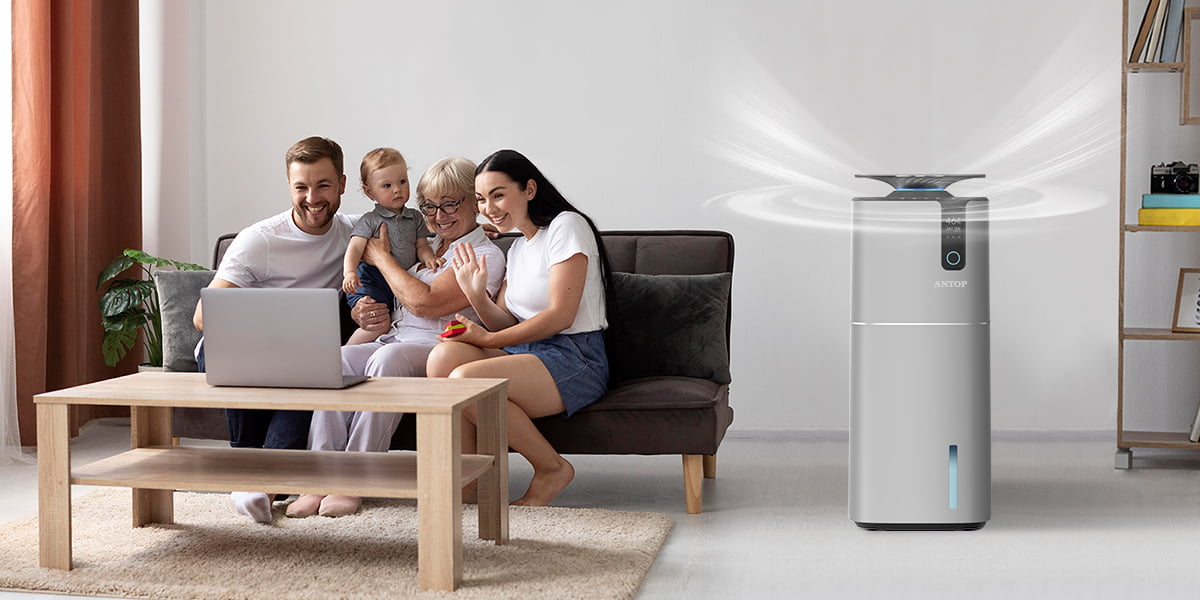Humidifier vs Air Purifier What Is The Difference
The main difference between an air purifier and a humidifier is their function. An air purifier is designed to remove pollutants and particles from the air, while a humidifier is designed to add moisture to the air.

What is Air Purifier?
An air purifier is a device that helps to improve indoor air quality by removing pollutants and contaminants from the air. These pollutants can include dust, pollen, pet dander, smoke, mold spores, and other harmful particles that can cause respiratory problems or aggravate allergies and asthma.
Air purifiers work by using various technologies, such as HEPA filters, activated carbon filters, photocatalyst filter, UV-C light, or ionizers, to capture or destroy these pollutants. HEPA filters are particularly effective at removing small particles, while activated carbon filters are good at removing odors and chemicals. UV-C light and ionizers work by killing bacteria and viruses in the air.
Air purifiers are commonly used in homes, offices, and other indoor spaces to improve air quality and create a healthier environment. They can be particularly beneficial for people with allergies, asthma, or other respiratory issues, as well as for those who live in areas with high levels of pollution or wildfire smoke.

What is Humidifier?
A humidifier is a device that adds moisture to the air to increase humidity levels in indoor spaces. It works by releasing water vapor into the air, which can help alleviate dry skin, nasal congestion, and other respiratory issues caused by low humidity levels.
Humidifiers come in different types, including evaporative humidifiers, ultrasonic humidifiers, and steam humidifiers. Evaporative humidifiers use a fan to blow air through a wet wick or filter, which then evaporates the water and adds moisture to the air. Ultrasonic humidifiers use high-frequency vibrations to create a fine mist, while steam humidifiers boil water and release steam into the air.
Humidifiers can be particularly beneficial in dry climates or during the winter months when indoor heating can dry out the air. They can also be helpful for people with allergies, asthma, or other respiratory issues, as well as for those who experience dry skin or nosebleeds.
It’s important to use humidifiers properly to avoid the growth of mold and bacteria. This includes regularly cleaning and maintaining the device, using distilled water instead of tap water, and monitoring humidity levels to prevent over-humidification.

While air purifiers and humidifiers have different functions, they can be used together to improve indoor air quality and humidity levels. However, it’s important to use them properly and maintain them regularly to avoid the growth of mold and bacteria.



